
We’re all the hero of our own stories, but when you’re story selling or presenting or demoing to an audience, you, your product or your topic are not the hero.

We’re all the hero of our own stories, but when you’re story selling or presenting or demoing to an audience, you, your product or your topic are not the hero.
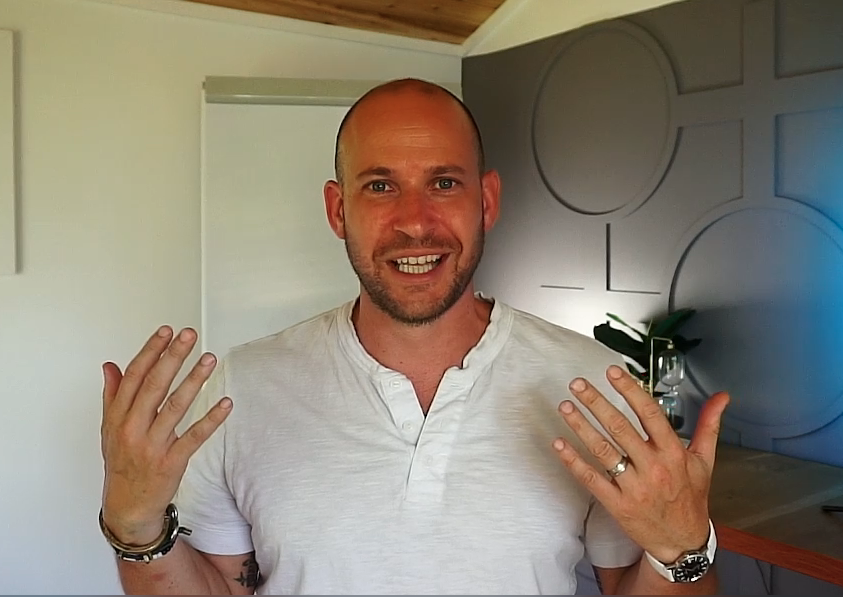
Is it time for the story to evolve?
Something we hear quite a bit from our Storied Teams students is the realization that there is a disconnect in how different departments are telling stories to customers. Sales might have a different story than Marketing or Customer Service. This can be confusing to customers and not get you the desired outcome.
Have a meeting between departments – PreSales, Sales, Marketing, Customer Support, etc. Have each department outline what story they are telling and what they think is really resonating or not resonating in regards to your product or service. Have these important conversations among teams and look at how your collaborative story needs to evolve or needs to change in order to serve your customers better.
”Just do an exercise where you have individual meetings and everyone gets to say what they want to say. Then, get together and look at how that story needs to evolve or needs to change in order to serve your customer better.
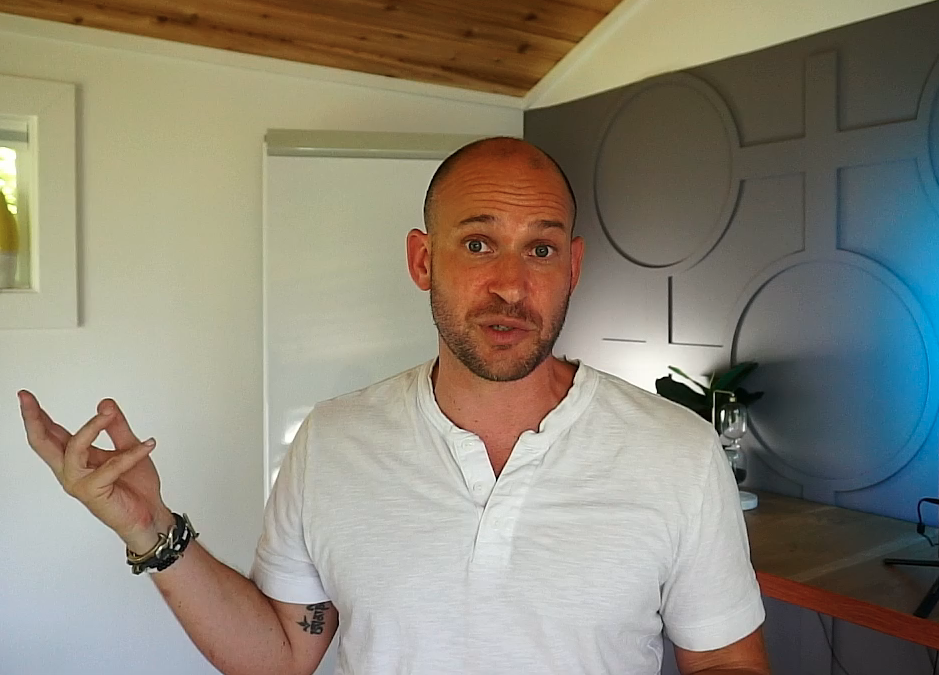
We see it happen in lots of companies. If it is happening in yours, or you have a sneaking suspicion it’s happening in yours, you’re probably right. Take the time to help your story evolve and be consistent across your organization. It will be worth it!
Telling Better Stories is key to making connections with your customers and growing sales.
Have those internal meetings to hash it out and determine the evolution of your story. If you don’t want to do it, hire a company like us to come in and do it for you. Sometimes that works better for people. Have someone else play good cop and bad cop at the same time, as long as you get the desired result. We are working with several enterprise software companies right now, where we are getting paid to do exactly this. We are working with their partners in order to help them figure out what their story is with the larger software company.
We can do the same for you! We will help you come up with a better story that will serve your customers at a deeper level and help you get more sales. It’s completely worth the effort.
If you suspect there is a disconnect in the story among your internal departments or outside partners, you need to take steps to rectify it. Bringing everyone together to discuss how they are telling the story and what is resonating with customers will give you the blueprint you need to build a consistent message, connect with your customers and close more sales.
For more Online coaching, video production, and training tips, check out our premium Storied Teams courses. Make sure to take advantage of our free mini-course. In 30 minutes or less, you’ll feel a lot better about how you look and present on camera!
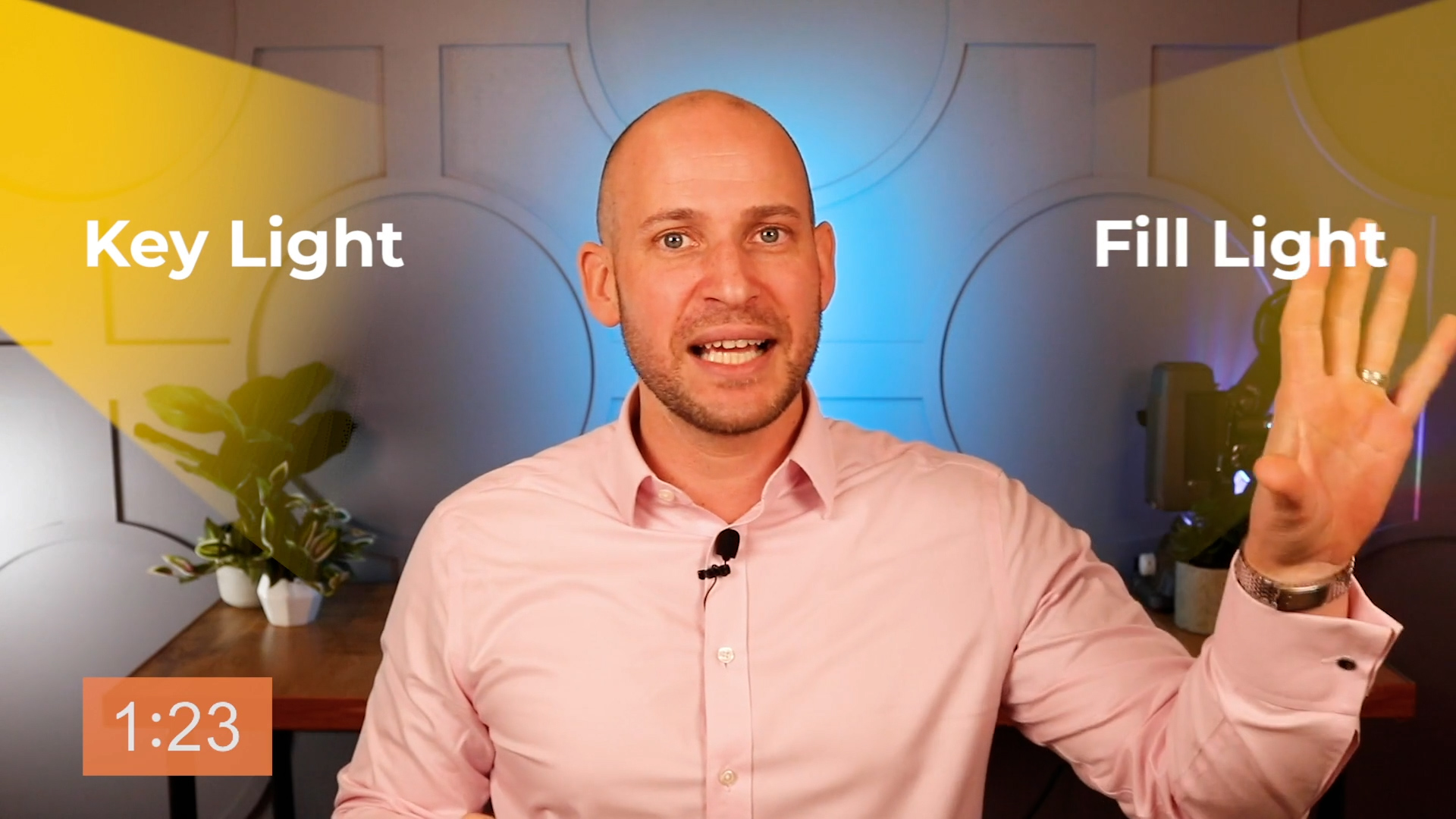
Read on for 3 simple steps to looking great on-camera
So far, this year is feeling a lot like last. As many of us are home-based workers, you may still be dreading online meetings for Zoom calls, giving sales presentations and demos because you don’t feel confident. Dressing well in front of the camera is easier than you might think!
I’m going to tell you exactly how to look great on camera by teaching you:
Ready to jump in? Okay, let’s go!
The first thing that I want you to do is to get your camera up to eye level. If you need to get your laptop elevated, grab some books or a box that you’ve got lying around from your latest delivery. It would be best to practice looking directly at the lens because it’s a sign of respect to your audience and will really help you with camera engagement. It’s important to get your camera up to eye level and start practicing looking directly in the lens.
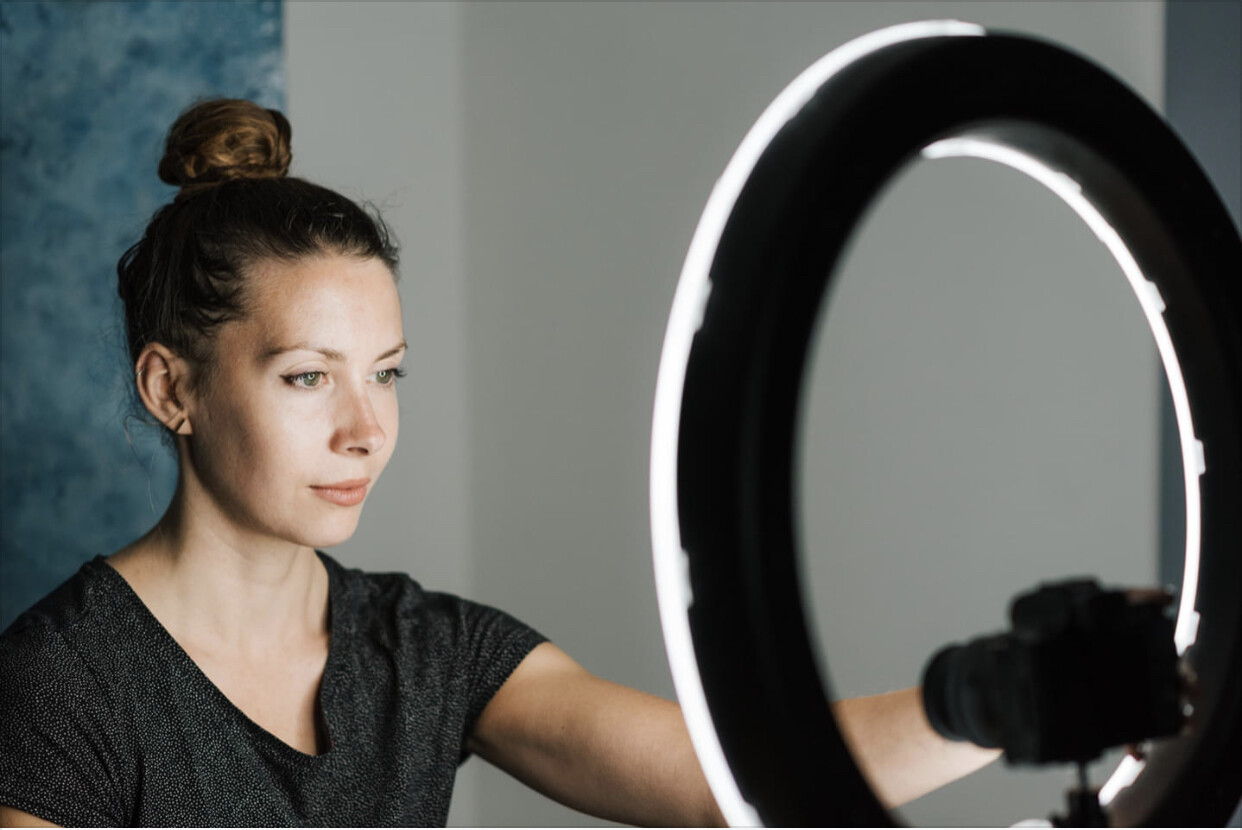
The next thing you want to do is have basic three-point lighting. You need a key light, fill light, and background light or hair light–or headlights if you don’t have hair like me. For balanced lighting, try and have one main light that’s hitting you from one side, another fill light that’s hitting you from the other side, and then something in the background that separates you from your in the background.
You could also get a ring light. This can be a lamp of some sort. People have been using these a lot lately. They’re really affordable, and you can find them online. If you shop for one, you need to find adjustable options for dimness, brightness, and color temperature. We suggest you look for a 12 to 18-inch ring light.
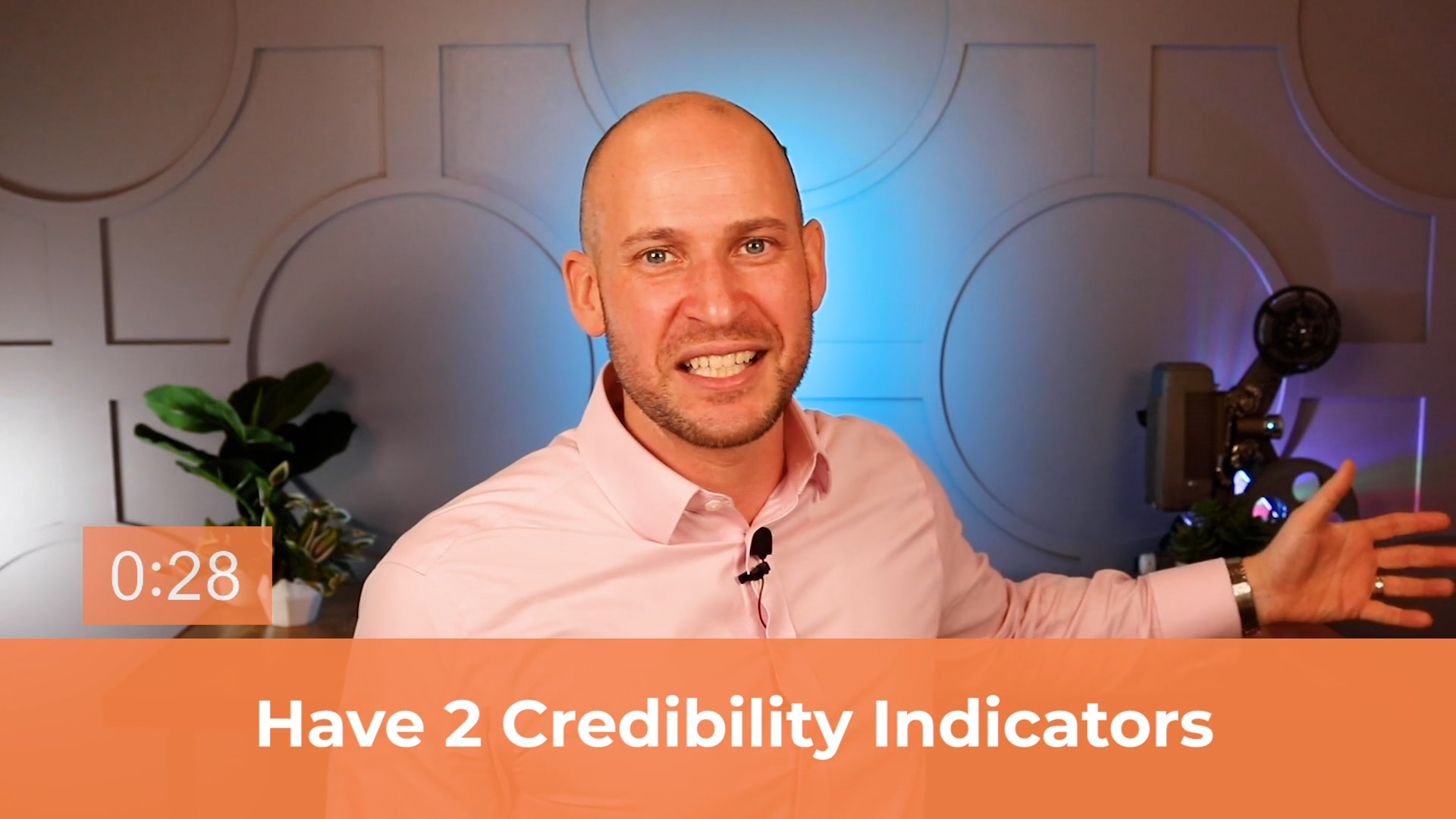
Okay, last but not least, you need to curate your background. A good starting point is to take everything out of your background. Curate about three feet of space directly behind you. You should have two credibility indicators. One that’s authentic and personal to you and something that shows what you love to do. The other one should be a logo or something for your business that authenticates you to the audience and says, “Hey, I’m very good at what I do.”
See, it’s really pretty easy! If you can do these three things, you will look and feel great on camera, and your audience will notice.
Making these subtle observational changes to your environment can make all the difference in how you look to your audience. Remember, the best marketing is two-way marketing, and it’s built on trust. If you want to build that trust with your audience, they listen or buy, Make sure to make eye contact with the camera. Light yourself properly and have a background that tells your audience who you are and what makes you unique!
OMH, a boutique creative agency that nourishes enterprise software companies (Microsoft and SAP) and their partners with marketing services and training that drive sales.
For more Online coaching, video production, and training tips, check out our premium Storied Teams courses. Make sure to take advantage of our free mini-course. In 30 minutes or less, you’ll feel a lot better about how you look and present on camera!
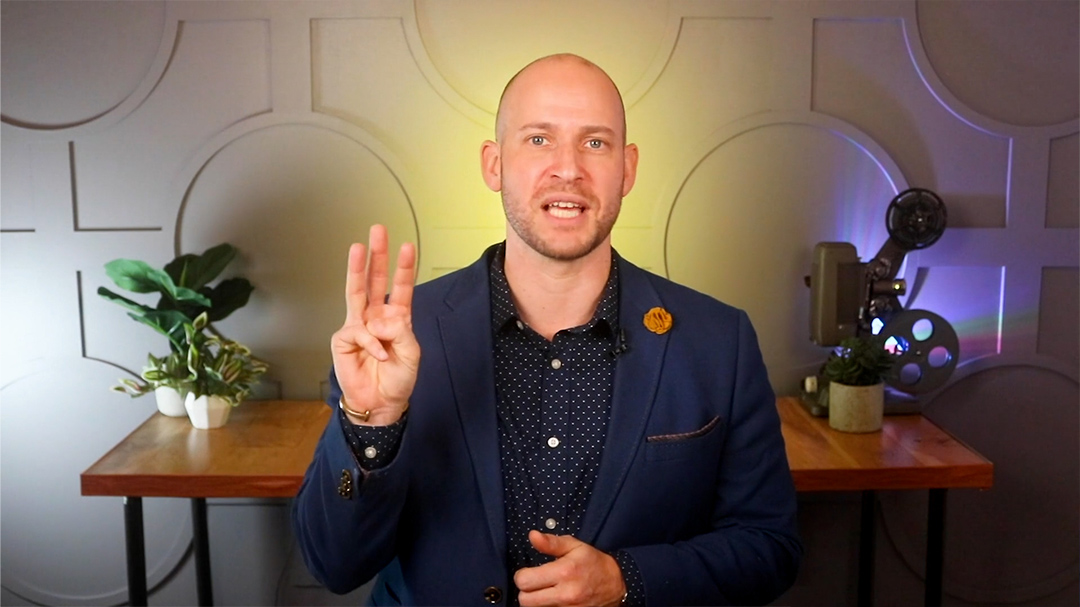
Read on to learn how you can stay on script and sound more authentic when presenting on-camera.
Presentations are a marketing must. Whether you’re pitching your company to potential investors or marketing a new product, these presentations can make or break your business. It’s important to know what you’re talking about, as well as staying authentic in yourself when presenting but there is more than that! In this blog post, we will discuss 3 tips that will help acing your marketing presentation and leave an impactful impression with any audience!
In order to avoid being overwhelmed by your material, make sure to prepare a script for the speech beforehand. Write out everything that you want to say, word-for-word. If you happen to be preparing slides for a Powerpoint, Make note cards or slides that summarize key points. This can make what you say more digestible than if you were speaking off the top of your head. Remain authentic by discussing what you know, and be honest with your audience about yourself.
”Make note cards or slides that summarize key points
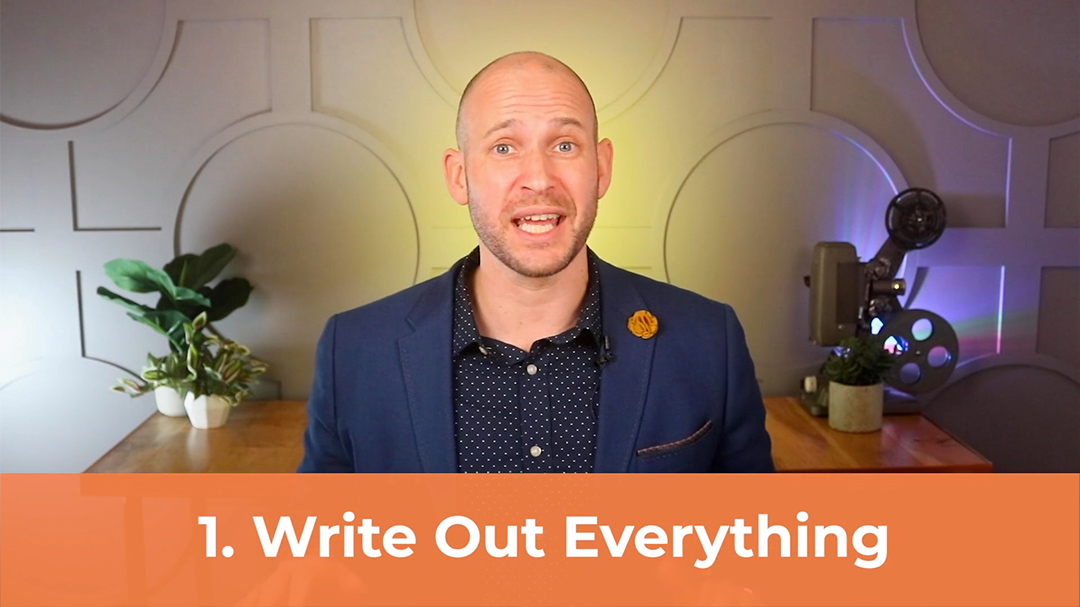
After you’ve written everything out, turn on your camera and practice it. Just run through it once out loud. It only counts if you do it out loud. Now, after you’ve run through it all the way once, saying every single word that you wrote down, then I want you to start to condense it.
Write out a beginning, middle, and end paradigm. Where you’re starting with a key sentence, what the first sentence of your next thought is, and what the next thought is for your beginning, middle and end until you go all the way to the end of your speech. Once you’ve said that out loud and done it all through one more time, then move on to step three.
Once you’ve learned your material and rehearsed it a few times, pick up on things like keywords or phrases that trigger the next part of your presentation. That way, if you see any keywords while giving your speech, you’ll be able to continue seamlessly with your planned points. Keep in mind, you need to allow yourself to understand the heart of what you are saying. That way you’ll speak naturally on the subject and keep your point intact.
Apply these three tips to acing your next marketing presentation. You’ll likely find that it eases any anxieties as you know yourself better and have a greater chance of speaking authentically the whole time you’re marketing out there.
Tip Recap:
OMH, a boutique creative agency that nourishes enterprise software companies (Microsoft and SAP) and their partners with marketing services and training that drive sales.
For more Online coaching, video production, and training tips, check out our premium Storied Teams courses. Make sure to take advantage of our free mini-course. In 30 minutes or less, you’ll feel a lot better about how you look and present on camera!
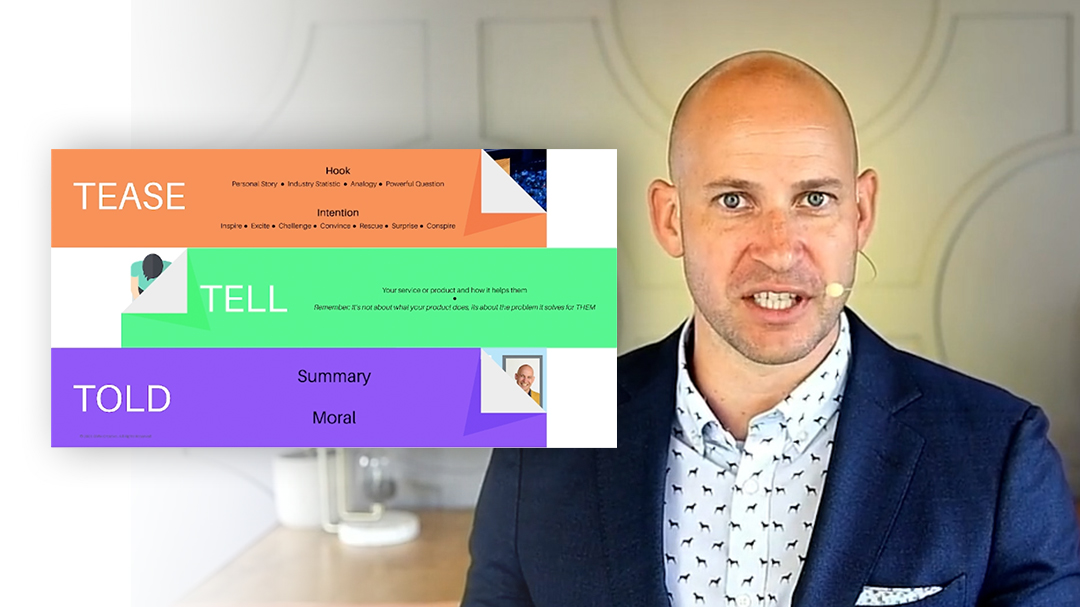
Here is an overview of the T3 storytelling technique
I’m going to give you a quick overview of the T3 storytelling technique. Tease, Tell, Told. We use it when we’re writing scripts for videos, or when we’re helping people figure out what their content is going to be for marketing funnels, brand stories, or scriptwriting. It works everywhere! Let’s jump right in.
Think of teasing as two parts: the hook and a strong intention. The hook is what grabs their attention, while the intention draws them in. Some really effective ways of hooks that work well are a personal story, an industry statistic, an analogy, or a powerful question.
Now, Before you start writing before you start turning on your camera, ask yourself “what is my intention?” If you’re a marketer, how do you want your audience to feel? How do you want to serve them? Come at it from that angle so that you’re very clear on your intention. Consider what emotions and benefits you want to help your audience reach for.
Make sure that your intention has a strong impact on the person with whom you are conversing. Are you trying to inspire them, excite them, challenge them, surprise them, or conspire? Notice the specific words I am using – these are powerful and actionable words. It’s not things like “to convey information” or “to educate”. So put some heart into your intentions and it will pay off.
”Consider what emotions and benefits you want to help your audience reach for
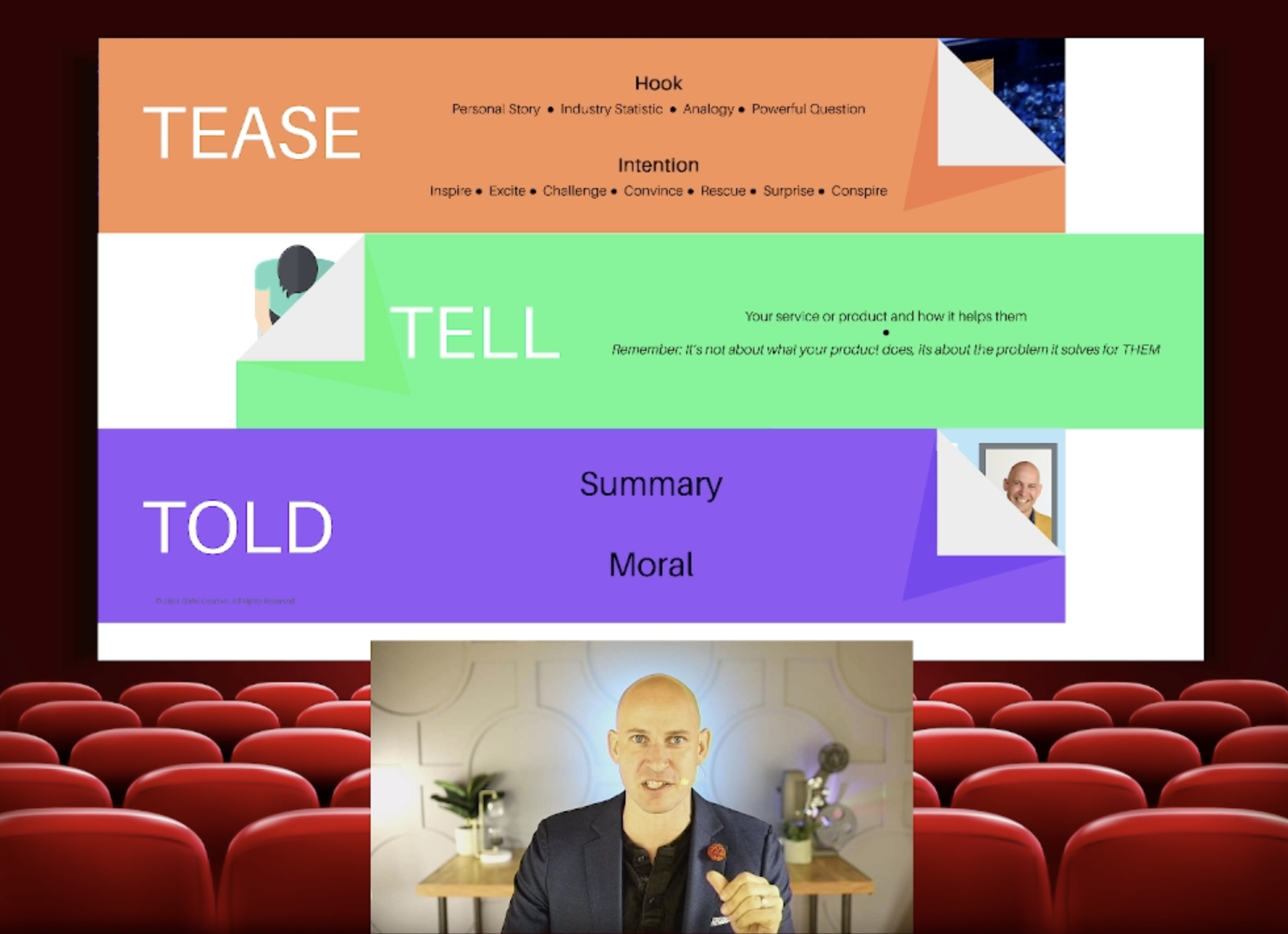
Then you have your “Tell”. Now your “Tell” Is going to be the thing that you’re here to ‘Tell’ them about your product, service, what have you. Your “Tell” is the core message you’re trying to convey to your audience. It might be lots of different things, but keep in mind it’s the core message you’re trying to give them.
Remember, it’s not about the product or service you’re trying to sell them. It’s about their problem-solving challenges. So make sure you’re showing them what your content offers: “Hey, here’s how we can help solve this pain.” You could say something like, “We’ll show you how to do this thing more effectively”.
Now finally the “Told”. You’re “Told” is going to summarize what you said with a strong, moral to the story. The moral of the story is a critical component of the telling. Similar to traditional stories about Aesop’s Fables, such as “The Boy Who Cried Wolf,” it must get to the point, be concise, and be supported with some form of visual aids–—just like arranging a meal.
When you start using these three storytelling techniques, you’re going to have a proven technique that makes your life easier in business situations. When you put together marketing materials or sales materials in the future, use this structure: take personal stories and analogies from your daily life to grab your audience’s attention. Once you get the hang of it, you will never look back.
For more Online coaching, video production, and training tips, check out our premium Storied Teams courses. Make sure to take advantage of our free mini-course. In 30 minutes or less, you’ll feel a lot better about how you look and present on camera!
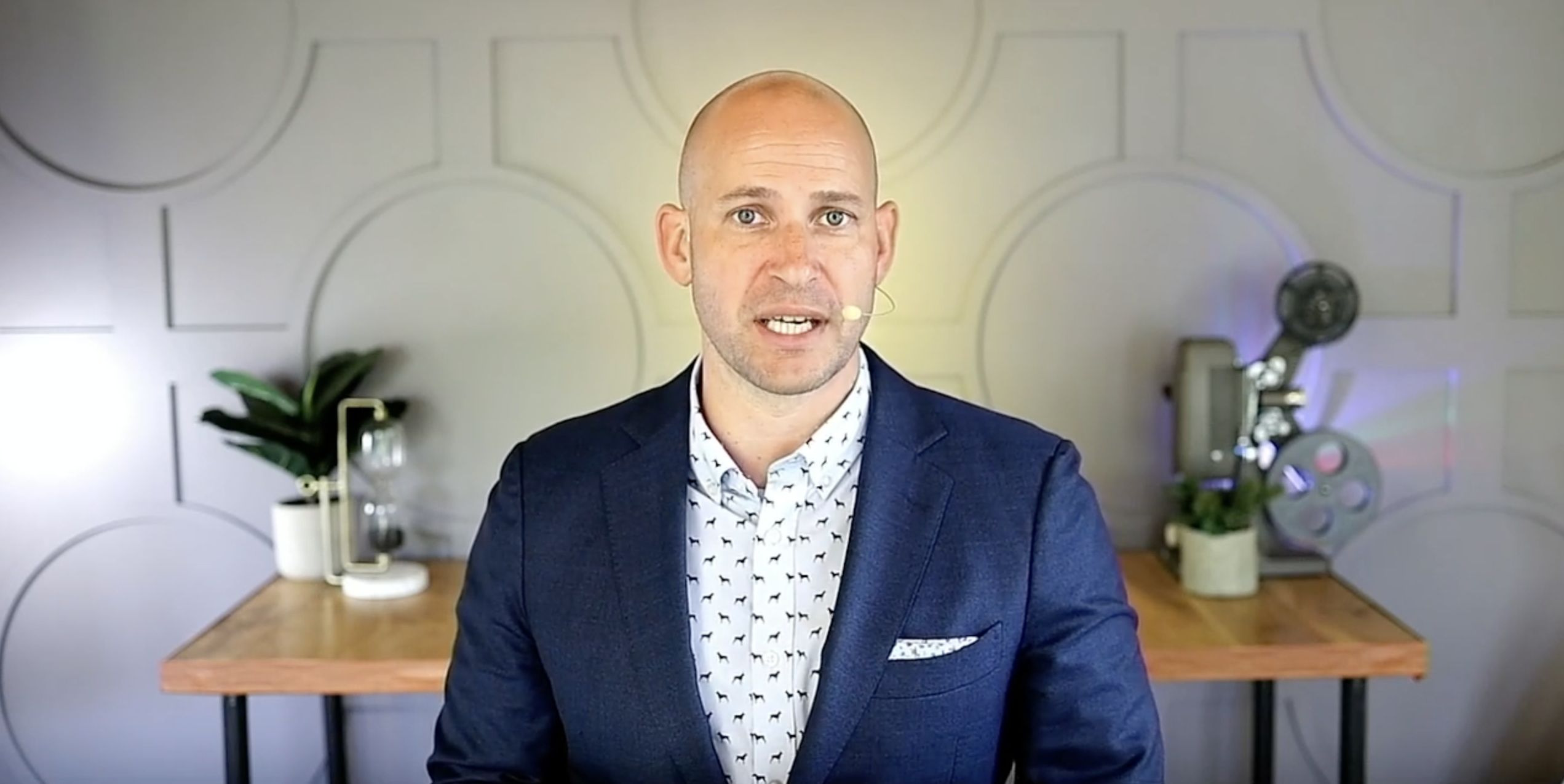
Get the inside scoop to creating strong customer conversion.
Creating customer conversions takes a strong Call-To-Action. It’s always a great way to fortify your next steps with your customer. Yet, most of us look over this call-to-action and freeze on what to say next. You might take it for granted, but explaining your expertise to someone is a privilege to your customers or prospects.
I want to share a quick technique that can put you back in the driver’s seat. Whether you are a sales professional, customer support, IT, or content creator, this technique will have your customers come back wanting more.
But before we go there, I will need you not to think of them as your client or your customers. Let’s pretend as if you’re talking to a close friend. Think of someone in your mind that you admire, or that you have warm feelings towards. They’re calling to ask you for advice on something that you’re an expert in. It might seem easy to you, but you’re able to explain it in a way that helps them out tremendously.
”It's based on the idea of not caring about making money or closing a sale
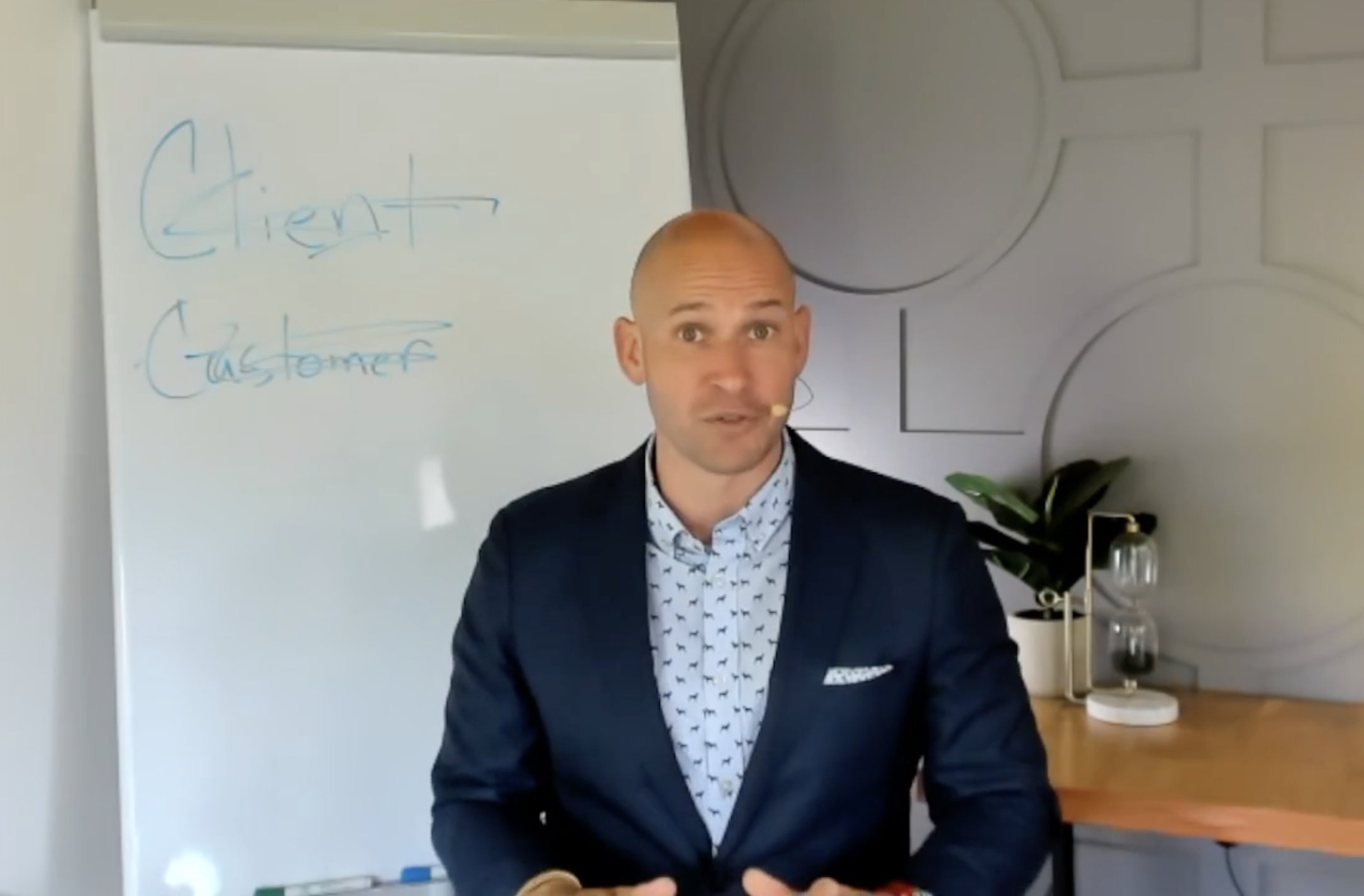
Speaking authentically to your audience as a close friend rather than your prospect or customer can make the difference.
Talk conspiratorially to them, providing inside information as if you were giving life advice, not just business tips. This will help build rapport with your customer (which is key), and ultimately lead to success for them because of the personal attention you’re providing.
This is a great way to communicate with your prospects when you want them to come back for another sale. It’s based on the idea of not caring about making money or closing a sale. Instead, you want them to know all available options so they can make an informed decision.
You’ll feel relieved and powerful once they come back asking for your advice because now they will take personal ownership over their decisions. This builds a stronger relationship between you and your customer, which leads to more business in general.
Changing your approach in the way you say it can make all of the difference for your customers. You might think “if this was my friend, what would I tell them next to be successful?” By searching from a place within, you could gift them with the knowledge that can serve them on their next step within their customer journey.
For more Online coaching, video production, and training tips, check out our premium Storied Teams courses. Make sure to take advantage of our free mini-course. In 30 minutes or less, you’ll feel a lot better about how you look and present on camera!
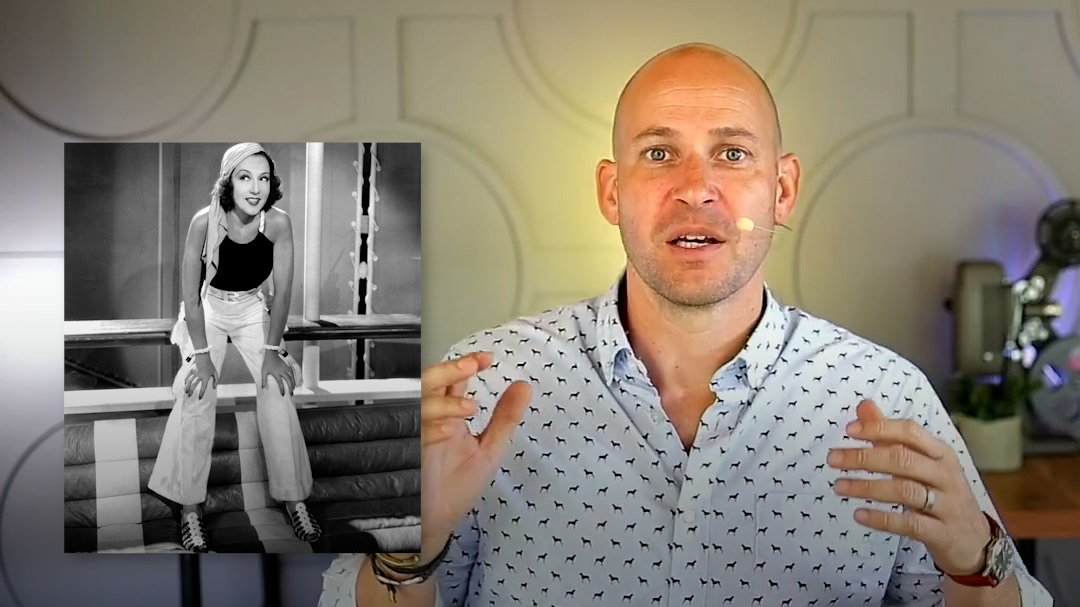
Owning your character and become an authentic speaker
Number one is don’t try too hard. Being an authentic speaker takes work, but work on what comes naturally. If witty isn’t in the DNA and makeup of who you are as a person, don’t make yourself out to be witty because your audience will see right through it!
Take more observation of what you do naturally, how your character acts naturally. Embrace the nervous ticks. Some people go as far as to point out their unique character quarks in front of their audience. Taking ownership of your personality traits is a better game to play than trying to mimic a character you’re not. You eventually try too hard and get discouraged. So number one: Don’t try so hard on a character that is not yours! You’ll end up looking foolish.
”Take more observation of what you do naturally
Do you know who Ethel Merman is? She was a very famous Broadway singer in the 1940s with a very distinctive voice. Many people would not call her voice the prettiest, yet she owned it. Her unique style was the thing that made her resonant with people when she was performing. By owning the role, she embodied her uniqueness, and the audience accepted her character.
The next time that you’re getting ready to tell a story on stage or screen. Allow yourself the freedom to embrace your uniqueness and share it with your audience. This is why we love authentic content so much! It’s an invitation for your audience to connect with your story, all while they get in touch with themselves too.
Personality faux pas can be embarrassing, but you can use that character trait as your stepping stone. It will progress you to becoming a more authentic speaker, performer, or content creator. Ethel Merman, she owned it! Making her resonant with audiences from around the world when she performed. Taking ownership of your character is an asset to any profession where authenticity is desired: speaking engagements, keynote speeches, live virtual events, etc.
For more Online coaching, video production, and training tips, check out our premium Storied Teams courses. Make sure to take advantage of our free mini-course. In 30 minutes or less, you’ll feel a lot better about how you look and present on camera!
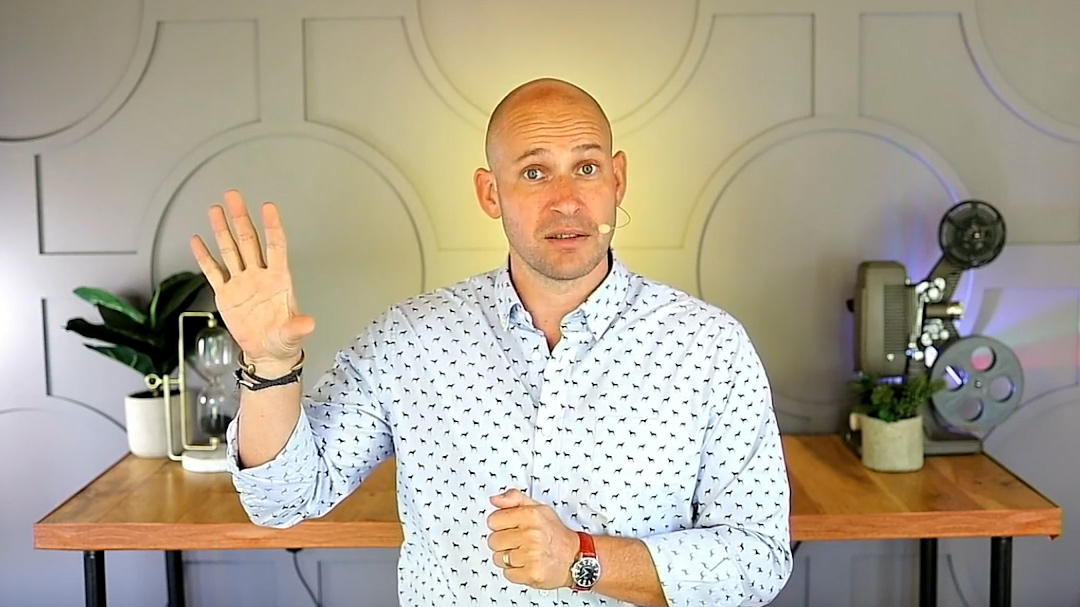
What are your ideas worth? That is the question that many creatives ask themselves when they are deciding on what to create.
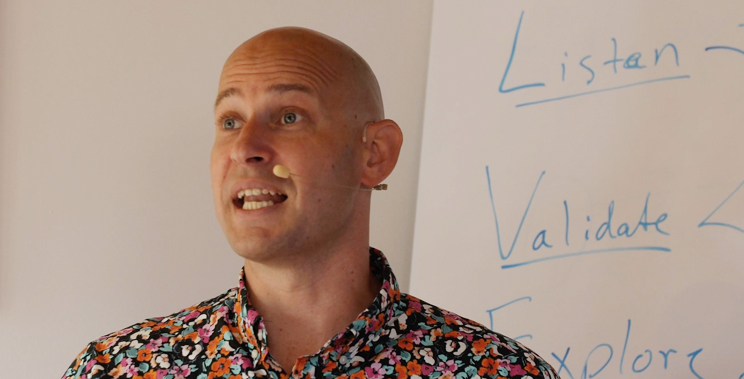
“Oh, if I only looked a little bit better! It sounded clearer or had more lighting. Why did I say that? I bet they didn’t like that.”
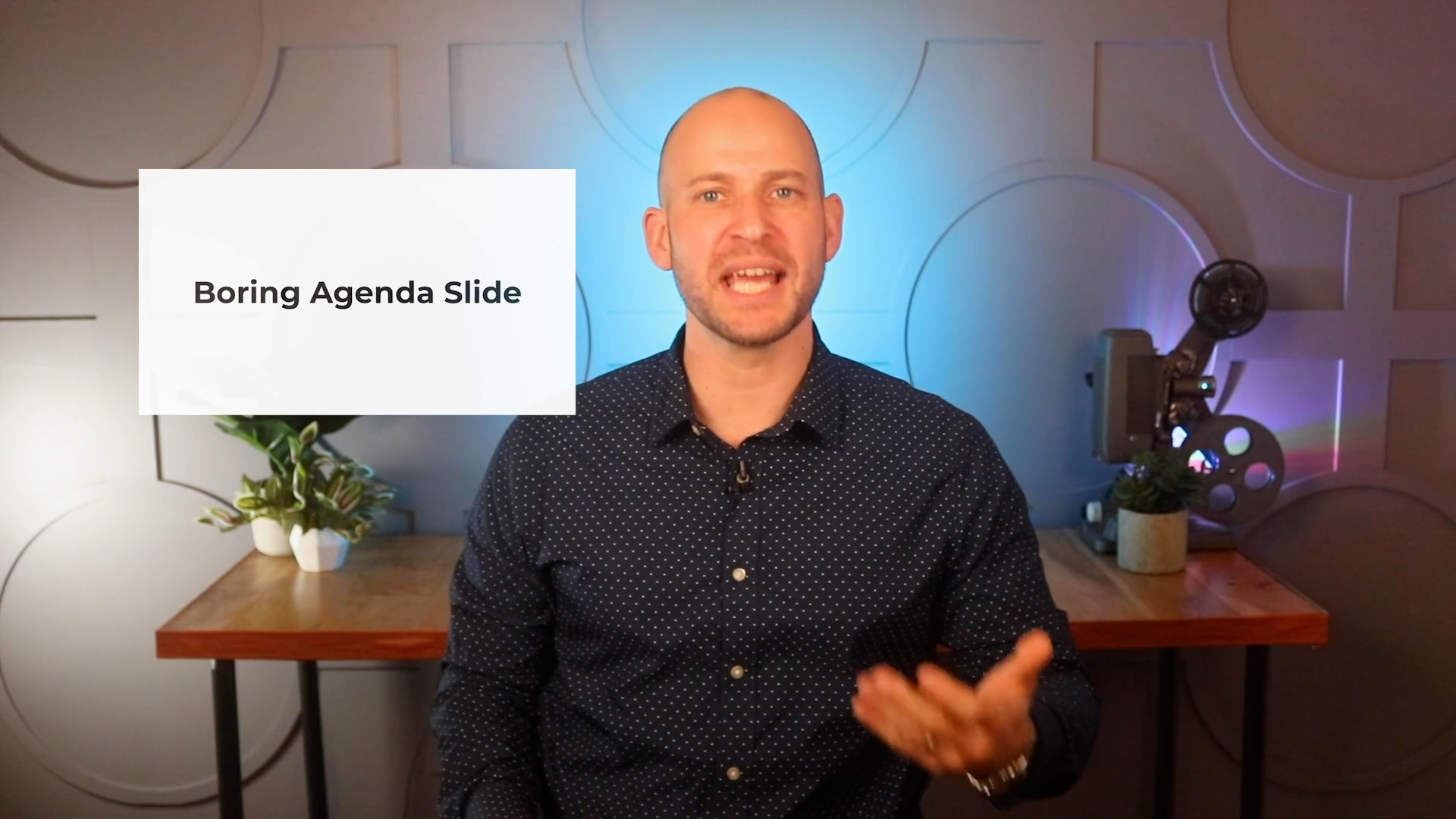
Read on to learn how to help your audience retain the key points of your presentation or demo by losing the agenda.
When delivering a large Powerpoint presentation, it can be difficult to stay on task. One way to avoid this is by keeping your opening agenda in front of you at all times. That way, If you forget what you were supposed to talk about, the agenda will come in handy at those critical points. Another trick to keeping transitions smooth and easy to follow is utilizing a slate when delivering your message
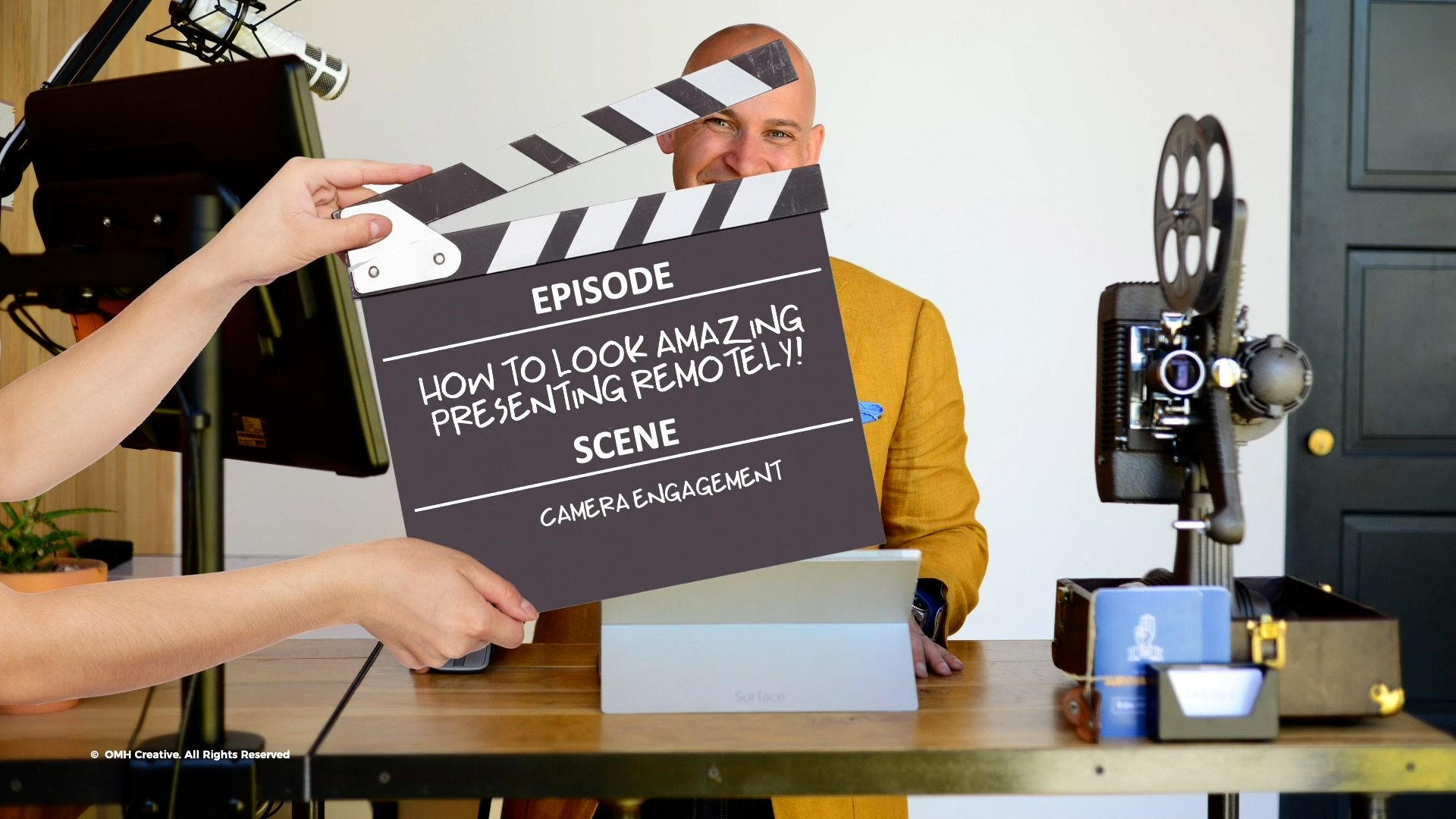
New best friend alert! Do you want to have your key points remembered without running through a long recap of everything? The Slate is an innovative new tool for saving your presentation.
When production companies like ours are shooting a video, we offer three tips on making your video shoot go smoother. We slate throughout the scene at the beginning and end of each take for editing purposes.
We do this because it makes it much easier for the editor to put the information together in the right order and create a complete story without losing key information. Your audience will benefit greatly from this same approach.
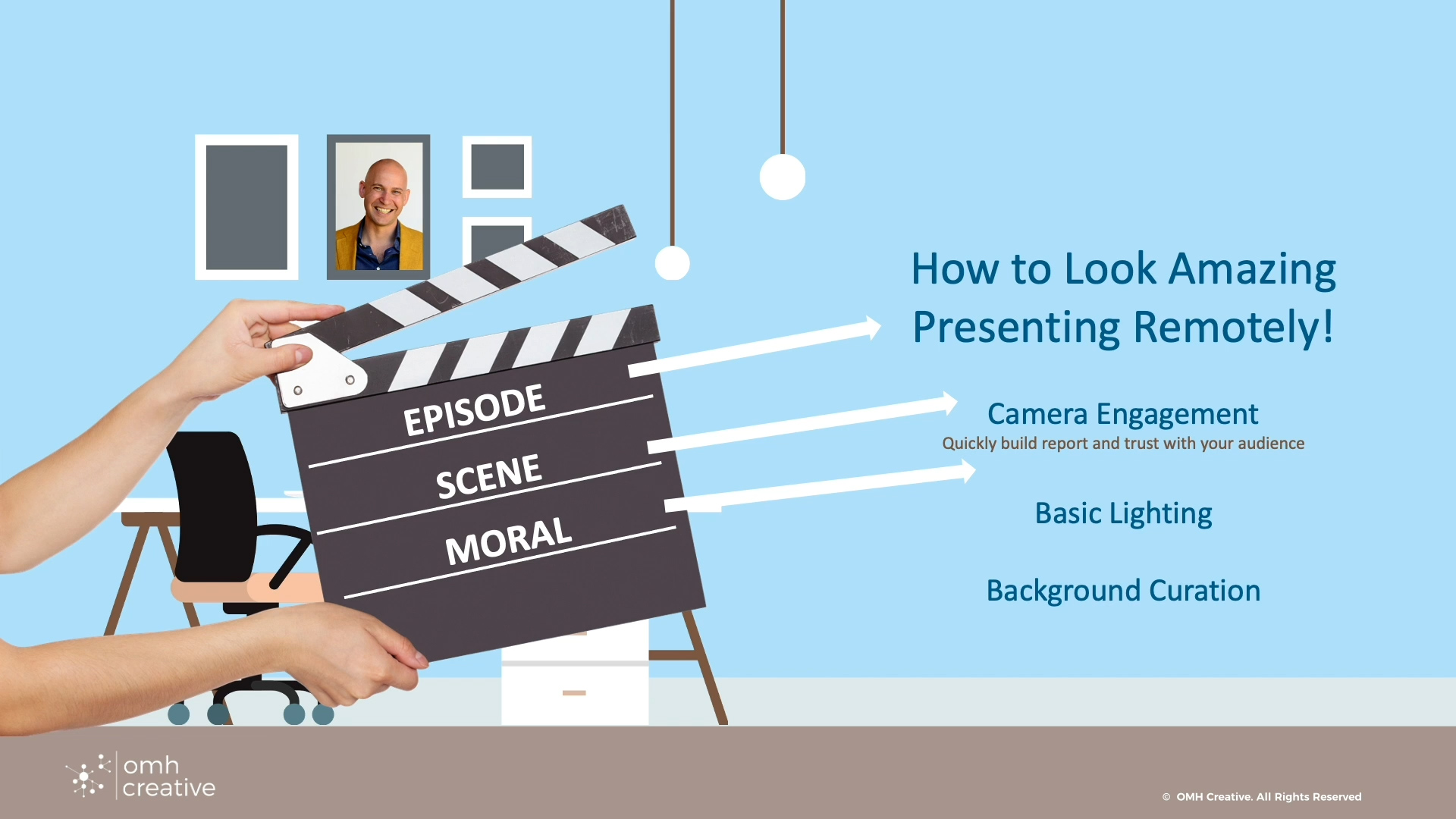
When you slate at the beginning of a production, it has the episode title, the scene, and any pertinent information that the editor might need in order to piece together the story. You want to do the same thing at the beginning and end of each of the topics during your Powerpoint presentation or demo.
For example, If I was presenting to you on how to look amazing presenting remotely, I might decide that I had more topics I wanted to cover with you:
The episode is “How to look amazing presenting remotely“. The scene, (or the smaller topic that I want to share) is “Camera engagement”. The moral (or key takeaway) is “Quickly build report and trust with your audience”.
This should come at the beginning and the end of each of the small stories that you tell during your demo or presentation. That way, your audience always knows where they are, where they’ve been and where they’re going.
Give it a try, use a slate in your next Powerpoint or demo. It will give your audience better guidance on the topics you want to discuss. Also, through the value of repetition, they’re able to store in their neocortex, the information and the key takeaways that you want them to have. They’ll retain this information long after you’ve completed your demo or presentation.
Start using a slate at the beginning and end of each of your story scenes. Your audience will be much more engaged in your Powerpoint and, even more importantly, retain your key points long after you finished presenting or demoing.
OMH, a boutique creative agency that nourishes enterprise software companies (Microsoft and SAP) and their partners with marketing services and training that drive sales.
For more Online coaching, video production, and training tips, and virtual events. Check out our premium Storied Teams courses. Make sure to take advantage of our free mini-course. In 30 minutes or less, you’ll feel a lot better about how you look and present on camera!

Recent Comments